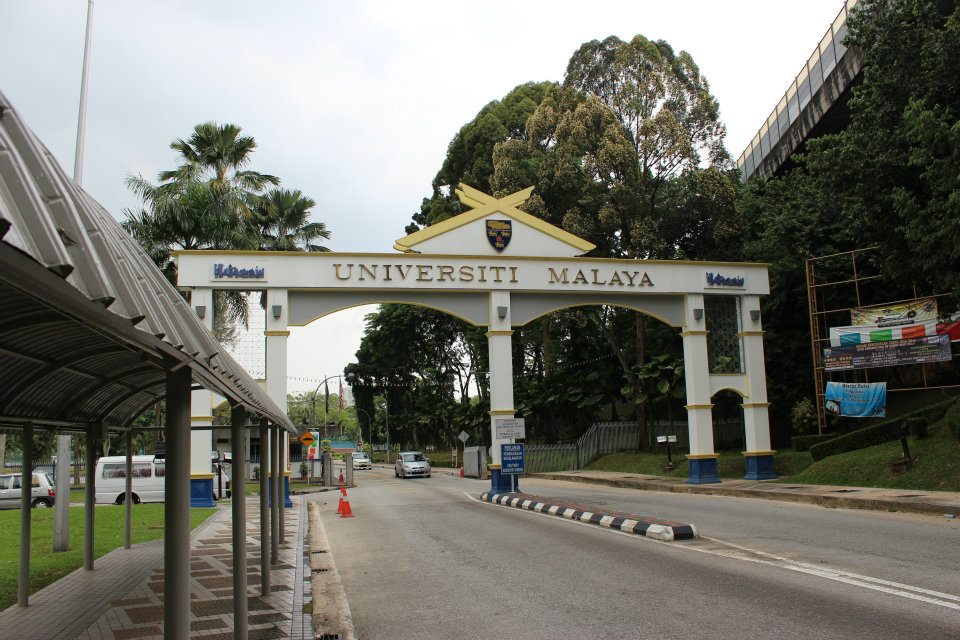By Suresh V. Kuchipudi
When I first stepped onto the Universiti Malaya (UM) campus in Kuala Lumpur, what immediately struck me wasn’t just the bustle of students or the stately architecture. It was the green. Towering trees, shaded walkways, and pockets of biodiversity everywhere. That first impression has stayed with me throughout my time here as a Fulbright Specialist. UM is not only Malaysia’s oldest and top-ranked university but also a living model of sustainability.
This commitment is more than just cosmetic landscaping. Since 2009, UM has set a clear agenda around the Sustainable Development Goals, making sustainability part of its identity. A standout example is the Zero Waste Campaign (UM ZWC), one of the university’s longest running “living labs.” The campaign aims for nothing less than a campus with zero waste to landfill, and its impact has been remarkable. To date, UM ZWC has diverted more than 1.14 million kilograms of waste from disposal, avoiding over 5.3 million kilograms of CO₂ emissions through composting, recycling, and innovative waste treatment. It has also saved hundreds of thousands of ringgits in disposal costs and generated revenue by repurposing waste streams, proving that sustainability is as practical as it is visionary.
The initiative doesn’t stop at the environment. UM ZWC has become a hub for education and community outreach, training more than 12,000 people in sustainable practices and supporting local communities with projects such as communal composting. Every year, delegations worldwide visit UM to learn from its model. Walking around campus, it’s clear that sustainability here isn’t an abstract policy; it’s a lived, daily practice that brings environmental, social, and economic benefits.
But UM’s strengths go well beyond waste reduction. As a public health scientist, I have been fortunate to collaborate with my host, Professor Dr. Siti Nursheena Mohd Zain, and her team at the Institute of Biological Sciences. One of the projects I joined is a wonderfully creative effort that uses gamification to promote public health education. Instead of dry lectures, students and communities learn about parasites and hygiene practices through interactive, game-based tools. It is an approach that meets people where they are and makes science engaging and memorable. In a world where misinformation spreads faster than facts, such innovations are not just refreshing, they are essential.
UM’s vision extends beyond Malaysia. A highlight of my visit was attending UMPOLAR25: Universiti Malaya and Frozen Horizons – 25 Years of Antarctic Exploration, Tropical Linkages and Climate Action. This event celebrated UM’s extraordinary contributions to Antarctic science and, more importantly, its ability to connect polar research to tropical challenges. The message was clear: what happens at the poles matters in the tropics, and vice versa. Climate change, biodiversity, and public Health are interconnected across ecosystems, and UM is positioning itself as a leader in making those connections tangible.
These experiences have convinced me that UM has all the makings of a global partner for the 21st century. It combines rigorous science with a bold commitment to sustainability and is grounded in the realities of a biodiversity-rich tropical region. From zoonotic and vector-borne diseases to climate-linked health threats, UM’s expertise aligns naturally with global priorities. For institutions like the University of Pittsburgh, where I am based, the opportunities for collaboration are enormous: joint research, student exchange programs, shared training initiatives, and co-developed solutions to global health challenges.
On a personal note, I was delighted to reconnect with Puteri Ainaa Syahirah Ibrahim, a former undergraduate student I mentored in infectious diseases research at Penn State. She has since returned home and is pursuing her PhD in Medical Microbiology at Universiti Malaya, a powerful reminder of how global exchanges in higher education foster knowledge transfer and lasting collaboration. Science is advanced not only through labs and conferences, but through relationships, encouragement, and the growth of the next generation.
As my Fulbright Specialist visit continues, I find myself reflecting on how much institutions like UM embody the idea of One Health, that human, animal, and environmental Health are inseparable. The university’s work on sustainability, public health innovation, and climate research all point in the same direction: science with purpose, rooted in community, and reaching across borders.
The challenges we face today, including climate change, pandemics, sustainability, and equity, are global. Any one nation or institution cannot solve them. They require genuine partnerships built on respect, creativity, and shared goals. Universiti Malaya is not only ready to be part of that global conversation; it is leading it. I am grateful that, through Fulbright, I’ve had the chance to see it firsthand.
The author is a Professor and Chair, Faculty in Infectious Diseases and Microbiology, University of Pittsburgh, USA, who recently attached at UM as Fulbright Specialist. He may be reached at nsheena@um.edu.my
